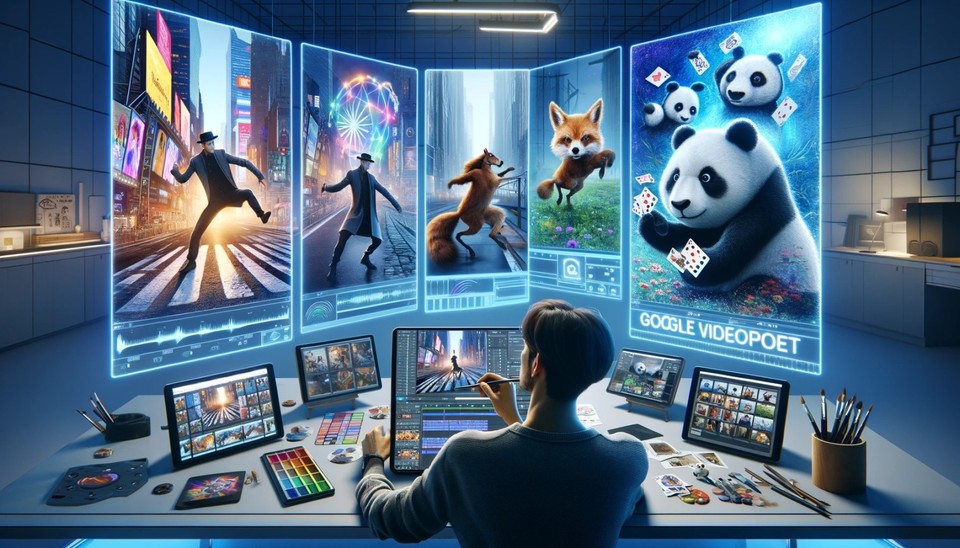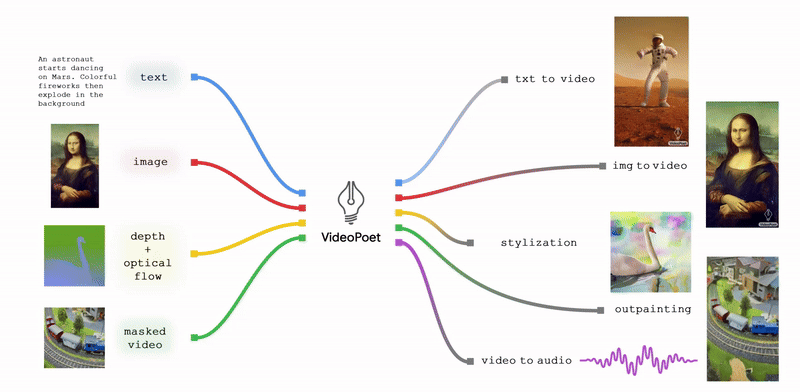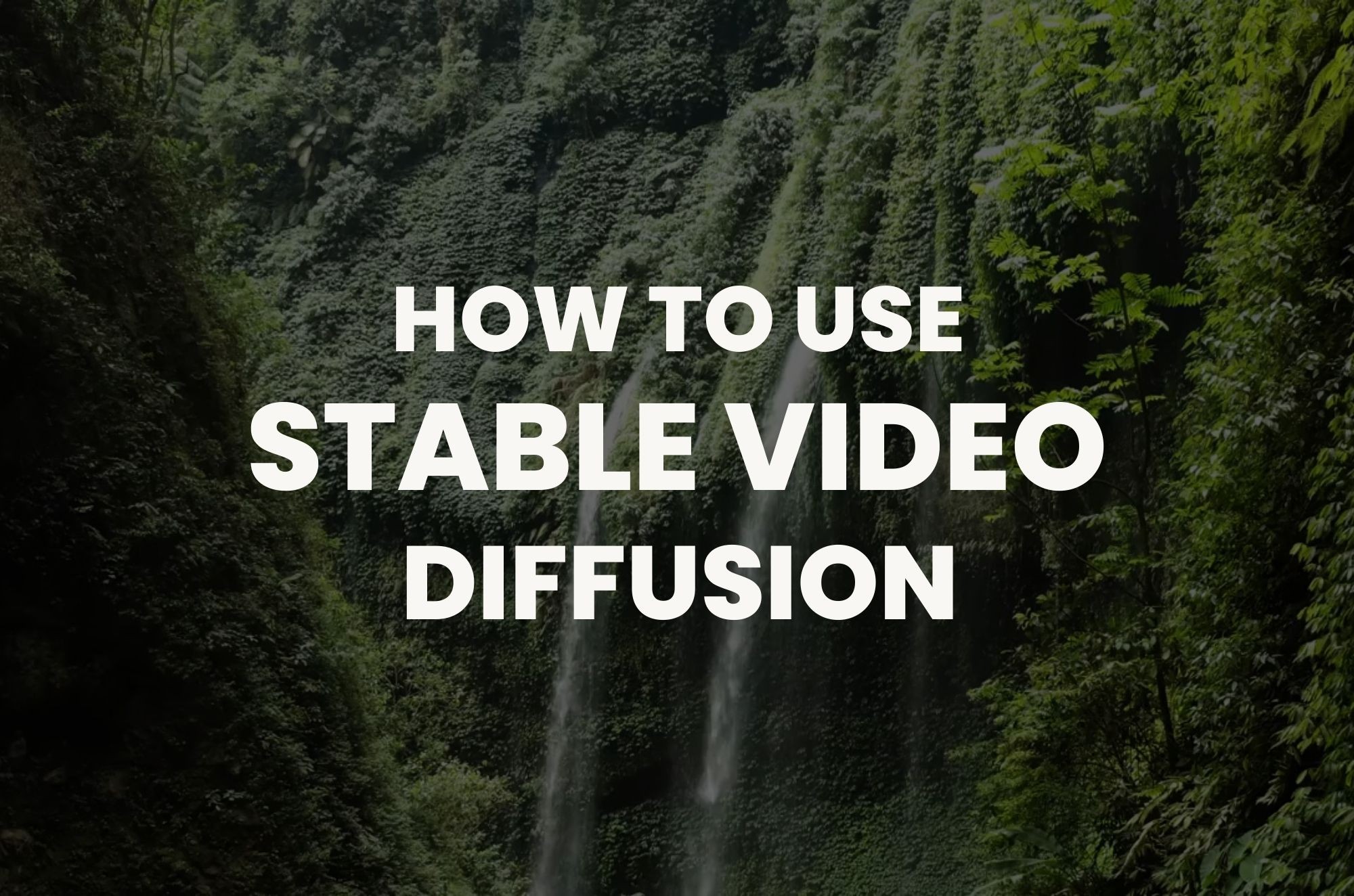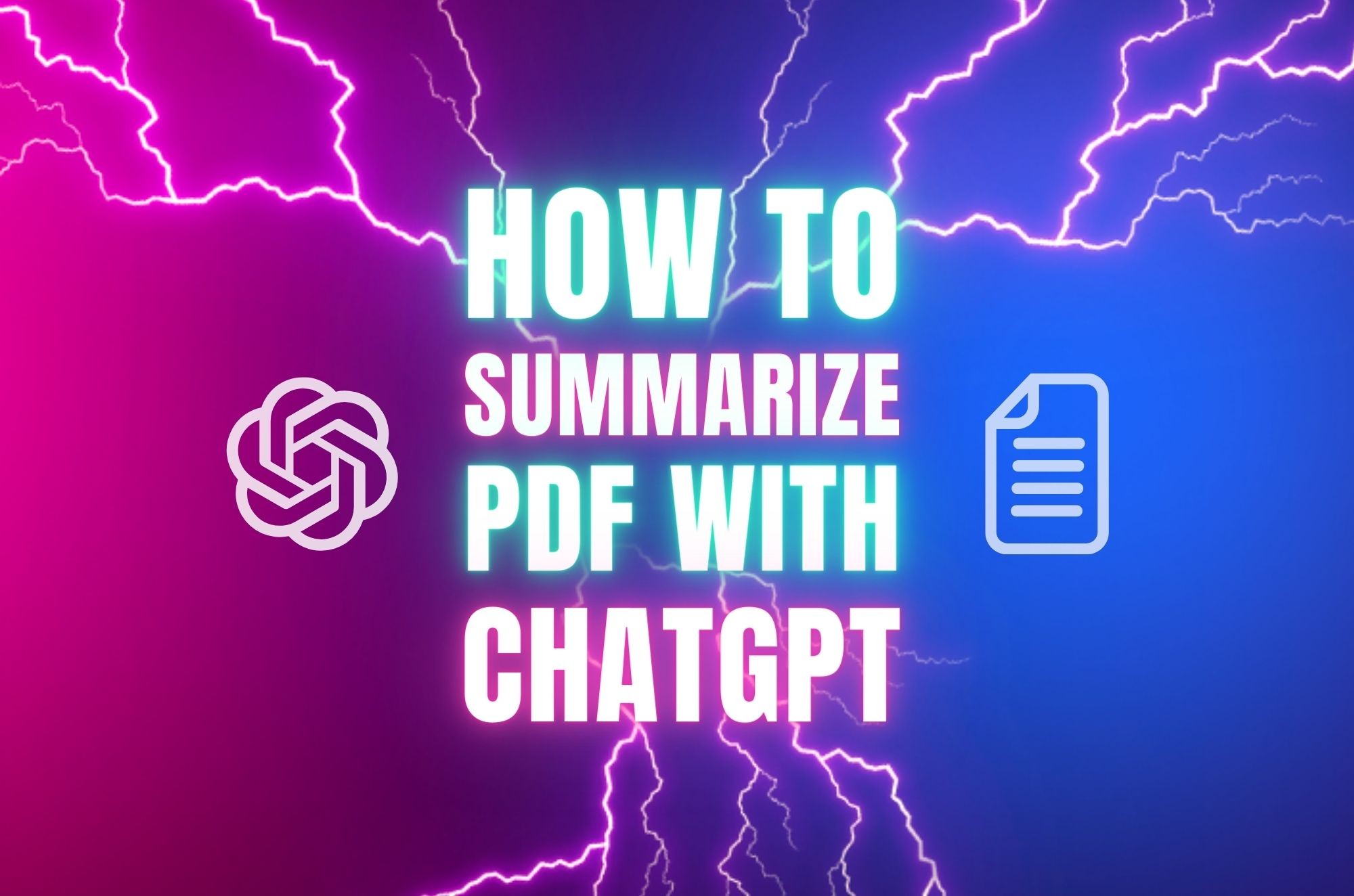Introduction
Imagine a roller coaster going up at a super-fast speed – that's how much the text-to-video market is growing! The experts predict it will increase by a whopping 35% CAGR from 2023 to 2032. That's a big deal!
Now, let's talk about who's driving this video revolution. It's not just tech geeks; it's also folks who love creating things and those who want to keep up with the latest AI innovations. If you love making videos or are just curious about the latest and greatest, this blog post is for you.
Today, we're going to dive into something called Google VideoPoet. It's like magic for making videos out of words. We'll break down how it works and why it's so awesome. Whether you're a pro at this video game or like playing with creative ideas, get ready for a fun ride. We're here to unfold the magic behind videos of the future, and guess what? It's all happening just for you. Let's roll!

What is Google VideoPoet?
Google VideoPoet is a cutting-edge video generation tool developed by Google, representing a significant leap forward in the capabilities of AI-driven multimedia creation. Trained on the advanced MAGVIT-2, VideoPoet is a testament to Google's commitment to pushing the boundaries of artificial intelligence after the Google Gemini update.
Revolutionary Features and Capabilities
-
High-Motion Variable-Length Videos: VideoPoet is designed to effortlessly produce high-motion variable-length videos, setting it apart from traditional models.
-
Cross-Modality Learning: Its strength lies in its ability to learn across different modalities, bridging the gap between text, images, videos, and audio for a holistic understanding.
-
Interactive Editing Capabilities: VideoPoet empowers users with interactive editing features, allowing extended input videos, controllable motions, and stylized effects guided by text prompts.
Role in Video Generation and AI Tools
Google VideoPoet redefines the landscape of video generation by seamlessly integrating multiple capabilities into a single large language model (LLM). This amalgamation of text, image, and audio processing showcases its versatility, making it a pivotal tool for content creators and AI enthusiasts.
Stay tuned as we further explore the Google VideoPoet, exploring its inner workings, standout features, and potential impact on the future of AI-driven multimedia content creation.
How Google VideoPoet Works

Underlying Technology
-
MAGVIT-2 Encoder: At the heart of VideoPoet lies the powerful MAGVIT-2 encoder, transforming simple prompts into visually captivating and dynamic videos.
-
Decoder-Only Transformer Architecture: VideoPoet adopts a decoder-only transformer architecture, showcasing its zero-shot capabilities and allowing it to create content it has not been explicitly trained on.
Autoregressive Language Model
-
Learning Across Modalities: The autoregressive language model within VideoPoet is a crucial player trained on video, text, image, and audio. This model seamlessly adapts to various video generation tasks, showcasing the promising potential of large language models (LLMs) in the field.
-
Two-Step Training Process: Similar to other LLMs, VideoPoet follows a two-step training process: pre-training and task-specific adaptation. This dual training approach forms the foundation for its adaptability and efficiency.
Impact on Video Generation
-
Multimodal Inputs: VideoPoet accepts various inputs, including text, images, videos, and audio. This multimodal approach sets it apart from other video generation models, opening up possibilities for 'any-to-any' generation.
-
Integrated Capabilities: Unlike diffusion-based video models, VideoPoet integrates multiple video generation capabilities within a single LLM. It includes text-to-video, image-to-video, video stylization, video inpainting and outpainting, and video-to-audio generation.
Google VideoPoet's innovative training process sheds light on the complex interplay between MAGVIT-2 and an autoregressive language model and how they operate. Stay with us as we continue exploring this groundbreaking AI tool's practical applications and creative potential.
Top Features of Google VideoPoet

1. Diverse Video Motions
-
High-Motion Variable-Length Videos: VideoPoet takes video generation to new heights by effortlessly producing videos with a wide range of large, attractive, high-fidelity motions.
-
Temporal Consistency: The model's cross-modality learning enables it to synthesize and edit videos with high material consistency, ensuring smooth and visually captivating motion.
2. Narrative Creation
-
Engaging Visual Stories: VideoPoet empowers users to weave captivating visual narratives by changing prompts over time.
-
Dynamic Prompt Evolution: By altering prompts, users can orchestrate unfolding stories, adding a dynamic layer to the video creation process.
3. Interactive Editing Capabilities
-
Extended Video Control: Users can extend input videos and finely control desired motions with interactive editing capabilities.
-
Customized Videos: The tool allows users to select from a list of examples to finely control the desired motion, facilitating the creation of personalized videos that align with specific text prompts.
4. Versatility in Video Styles and Effects
-
Stylized Video Generation: VideoPoet goes beyond basic video creation by stylizing input videos guided by text prompts.
-
Text-to-Video Composition: Users can compose styles and effects in text-to-video generation by appending a style to a base prompt, unlocking endless creative possibilities.
5. Zero-Shot Controllable Camera Motions
-
Emergent Camera Motion Customization: VideoPoet offers zero-shot controllable camera motions, allowing users to specify the type of camera shot in the text prompt.
-
Adaptive Motion Generation: This feature is a testament to VideoPoet's pre-training prowess, enabling it to generate high-quality camera motion customization.
Google VideoPoet is a testament to the fusion of creativity and technology, providing users with a tool that transcends traditional video generation models. Whether aiming for dynamic storytelling or seeking unprecedented control over video motions, VideoPoet emerges as a versatile and invaluable tool for content creators. Watch the example video below showcasing the power of Google VideoPoet:
How to Use Google VideoPoet
While the excitement surrounding Google VideoPoet continues to build, understanding its current accessibility status and exploring alternative avenues becomes paramount. In this section, we'll navigate through the steps to explore the wonders of VideoPoet and highlight the ongoing developments in its accessibility.
How to Use Google VideoPoet (Current Status)
As of the latest update, Google VideoPoet is not publicly accessible. It remains under development, and general users cannot directly utilize the tool.
Exploration Avenues
1. VideoPoet Demo
-
Unfortunately, VideoPoet doesn't have a publicly accessible platform yet.
-
However, the research team has released a demo website, offering a glimpse into its capabilities: VideoPoet Demo Website.
2. VideoPoet Research Paper
-
For a deeper understanding of VideoPoet's inner workings, enthusiasts can delve into the research paper: VideoPoet Research Paper.
-
The paper provides insights into technical aspects, limitations, and potential developments.
Ongoing Research
-
Dynamic Nature of Accessibility: It's crucial to recognize that VideoPoet is still under research, and its accessibility and features will evolve.
-
Stay Informed: By exploring available resources and staying updated on Google's announcements, users can stay informed about this exciting AI technology and its potential impact on video creation.
As we eagerly await the public release of Google VideoPoet, these alternative exploration avenues offer a sneak peek into its capabilities. Keep an eye on the evolving landscape and witness the future unfold in AI-driven video generation.
Conclusion
In conclusion, Google VideoPoet marks a significant leap in video generation, exemplifying the integration of language models with multimedia capabilities.
While its accessibility remains somewhat limited, the exploration avenues opened through its demo website and research paper are revealing its vast potential. Google's venture into AI has ushered in thrilling prospects for video creation, as evidenced by VideoPoet.
Notably, this arena is not exclusive to Google; emerging technologies like Stable Video Diffusion and others are also shaping the landscape. These developments collectively underscore the exciting intersection of language models and video creation, with VideoPoet standing as a prominent example of the possibilities.



